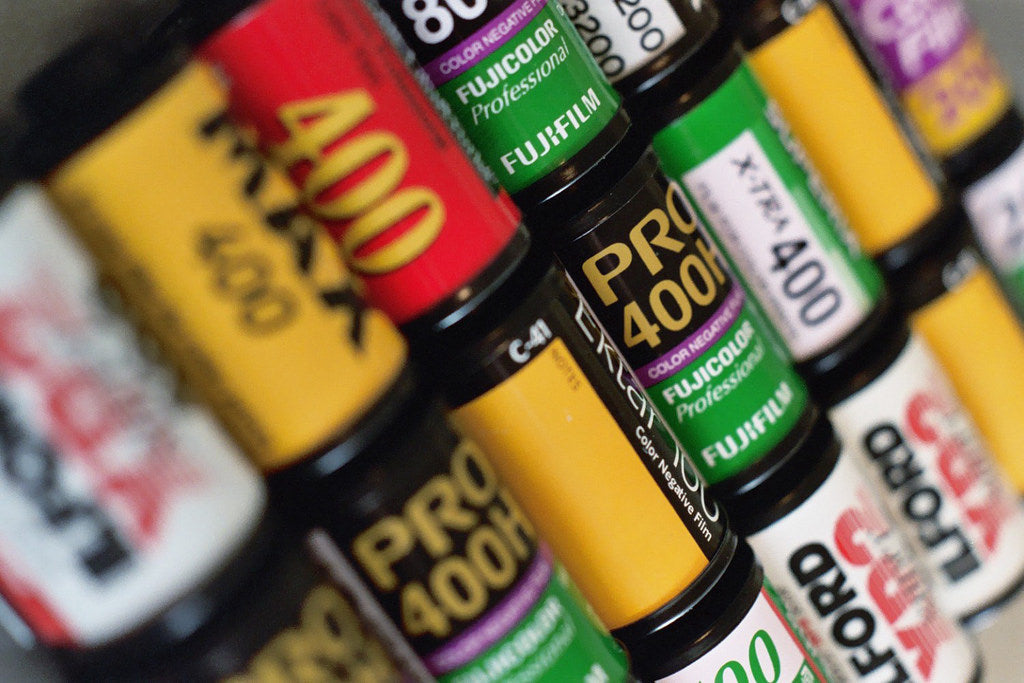
ISO: Understanding the Key Element in Film Photography
Share
When it comes to film photography, understanding ISO is crucial for achieving the perfect shot. ISO, which stands for International Organization for Standardization, is a key element that directly impacts the sensitivity of your film to light. Let's delve into the world of ISO and how it can elevate your photography game.
What is ISO and how does it work?
ISO determines how sensitive your film is to light. A lower ISO, such as 100 or 200, is less sensitive and ideal for well-lit conditions. On the other hand, a higher ISO, like 800 or 1600, is more sensitive and suitable for low-light situations. By adjusting the ISO setting on your camera, you can control the exposure of your photos.
Why is ISO important in film photography?
ISO plays a crucial role in capturing the perfect image. Choosing the right ISO setting can help you achieve the desired brightness and clarity in your photos. However, it's essential to strike a balance, as higher ISO settings can introduce grain or noise to your images.
How does ISO impact image quality?
The ISO setting directly affects the quality of your photos. A lower ISO produces images with less noise and finer details, making it ideal for landscapes or portraits. Conversely, a higher ISO can result in grainier images, which may be suitable for artistic or low-light shots.
What are the best practices for using ISO in film photography?
Experimenting with different ISO settings is key to mastering film photography. Start by understanding the lighting conditions and adjusting your ISO accordingly. Remember, a lower ISO is best for bright environments, while a higher ISO is more suitable for dimly lit scenes.
By mastering the art of ISO in film photography, you can enhance your skills and capture stunning images in any setting. So, next time you're out shooting with your film camera, don't forget to consider the ISO setting for that perfect shot!
